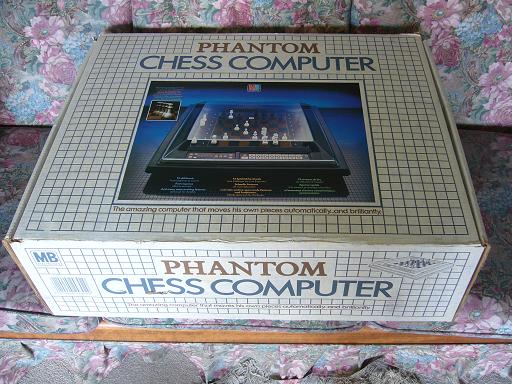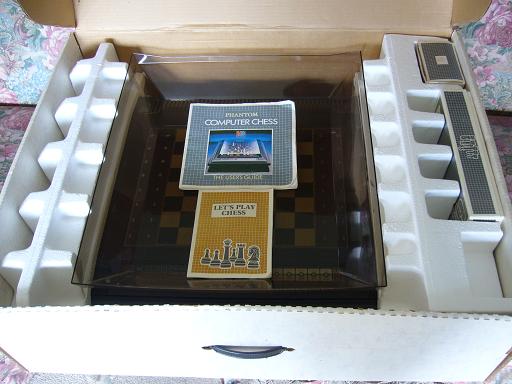|
The story goes like this. Milton Bradley rang David Levy of Intelligent Software in June 1981 saying that they wanted some advice about chess computers. They asked Levy to go to see them at their East Longmeadow, Massachusetts offices.
This is how Levy described the meeting ‘When I arrived they showed me into a room and, after asking me to sign the traditional non-disclosure agreement, they put a machine on the table, switched it on, and a pawn moved - as if by magic - from e2 to e4 - without any human intervention or any visible, physical device for making it move. I was fascinated,’ Levy said.
‘This was the idea they wanted to develop: that is, they wanted the mechanism that had just moved the pawn developed to the point where it would be reliable enough to be used in a consumer product. And they wanted a chess program that would work with this mechanism.’
Although still working on programs for Scisys, after consultation with colleagues Levy’s response was to take on the project. He said ‘ It was the most exciting chess product that we had been faced with and we could not resist the challenge.’
Milton Bradley wanted the project completed in five months and Levy was asked if his company could do it in that time. When Levy phoned his technical director he did not mention the time constraint but asked how long he thought he could do it in. The reply was five months.
Despite never having been involved with electro-mechanical technology Intelligent Software undertook to write the chess program and the software to control the electro-magnetic system which moved the pieces.
For the chess program the brief was to produce a program stronger than Sargon 2 running on an Apple computer. The processor used was a 6502A with 2K RAM and 16K ROM. The program rating was described as 1550 at the time which was attained in a 40 game match with Sensory 9 and Sargon 2.5 both of which had USCF ratings.
Intelligent Software succeeded and in the time frame allocated. The Milton Bradleys were in production before the end of 1982 and in the shops early in 1983.
|


